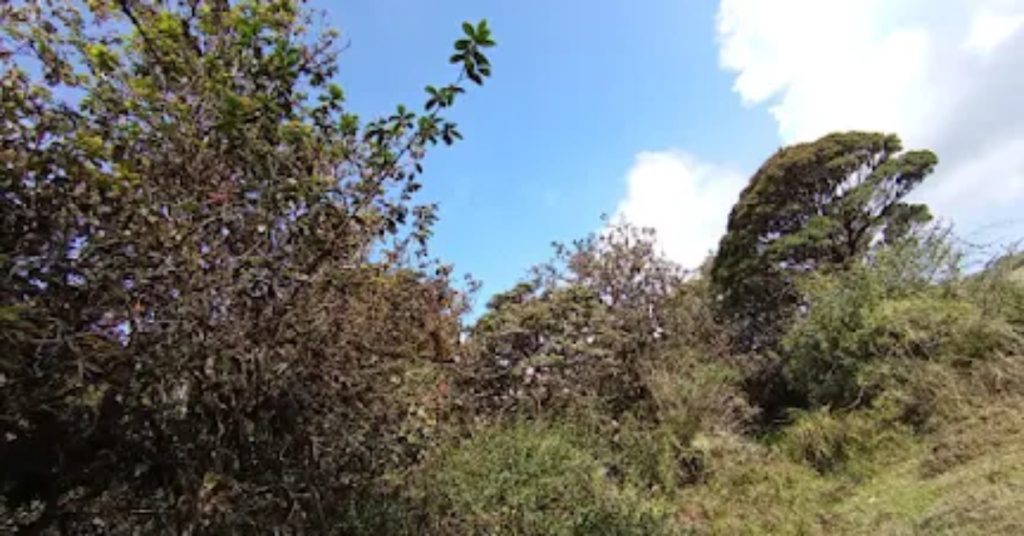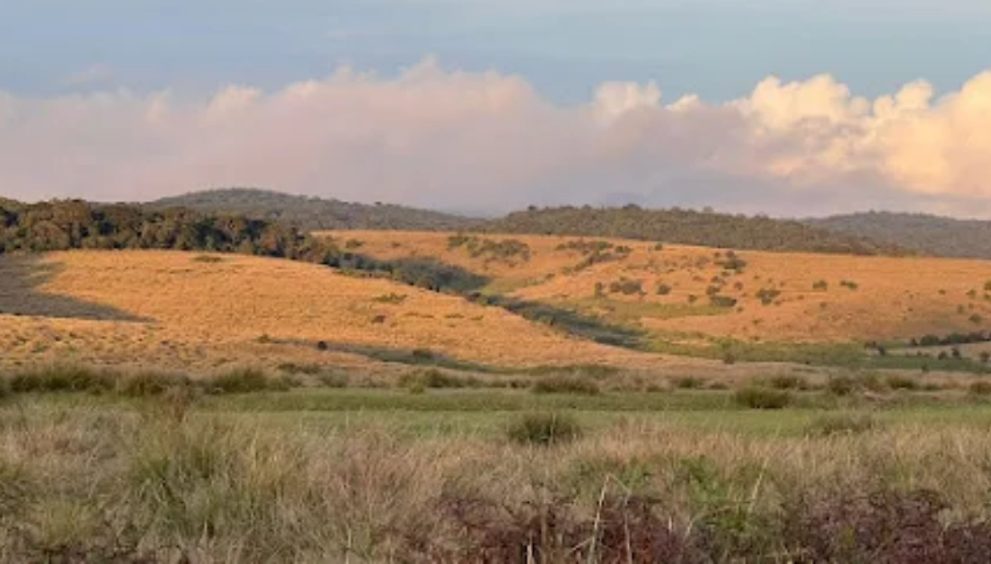Horton Plains National Park, located in the central highlands of Sri Lanka, is a biodiversity hotspot renowned for its unique ecosystems and diverse wildlife. The park includes a range of habitats, from montane cloud forests to grasslands, making it a critical conservation area. Like many regions around the world, Horton Plains is not immune to the effects of climate change. This article will explain the impacts of climate change on Horton Plains National Park in Sri Lanka.

Changes in Temperature:
One of the most evident impacts of climate change on Horton Plains is the rising temperatures. Studies have shown that temperatures in the region have been gradually increasing over the past few decades, leading to shifts in the park’s ecosystems. Higher temperatures can disrupt the delicate balance of flora and fauna in the park, affecting everything from plant growth to animal behavior.
Altered Precipitation Patterns:
Climate change has also brought about changes in precipitation patterns in Horton Plains. The region is experiencing more intense rainfall events, leading to increased erosion and flooding in some areas. On the other hand, prolonged dry periods have resulted in water scarcity, putting pressure on the park’s endemic species that rely on specific moisture levels to thrive.

Impact on Biodiversity:
The biodiversity of Horton Plains National Park is under threat due to climate change. As temperatures rise and precipitation patterns shift, many plant and animal species are struggling to adapt. Endemic species, such as the Sri Lankan leopard and the slender loris, are particularly vulnerable to the changing climate. Habitat loss, food scarcity, and increased competition for resources are some of the challenges these species face.
Loss of Ecosystem Services:
Climate change is also affecting the ecosystem services provided by Horton Plains. The park plays a crucial role in regulating water flow, soil erosion, and carbon sequestration in the region. However, as climate change alters the park’s ecosystems, these services are at risk of being compromised. This could have ripple effects on surrounding communities that rely on the park for resources and livelihoods.

Extreme Weather Events:
Another consequence of climate change in Horton Plains is the increased frequency of extreme weather events. Storms, cyclones, and droughts are becoming more common, posing a threat to the park’s infrastructure and habitats. These events can cause widespread damage, leading to loss of biodiversity and disruptions to ecosystem functioning.
Mitigation and Adaptation Strategies:
To mitigate the impacts of climate change on Horton Plains National Park, proactive measures need to be taken. This includes implementing sustainable land management practices, promoting reforestation and conservation efforts, and reducing carbon emissions. Additionally, adaptation strategies such as creating buffer zones, restoring degraded habitats, and monitoring biodiversity are essential to help the park cope with the changing climate.

Horton Plains National Park in Sri Lanka is facing significant challenges as a result of climate change. From shifts in temperature and precipitation patterns to loss of biodiversity and ecosystem services, the impacts of climate change are increasingly evident in the park. Urgent action is needed to safeguard this important conservation area and ensure the long-term resilience of its ecosystems. Through a combination of mitigation and adaptation strategies, we can work towards protecting Horton Plains and preserving its natural heritage for future generations.
(Arul Karki is a Colombo-based Journalist and EJN Fellow)


